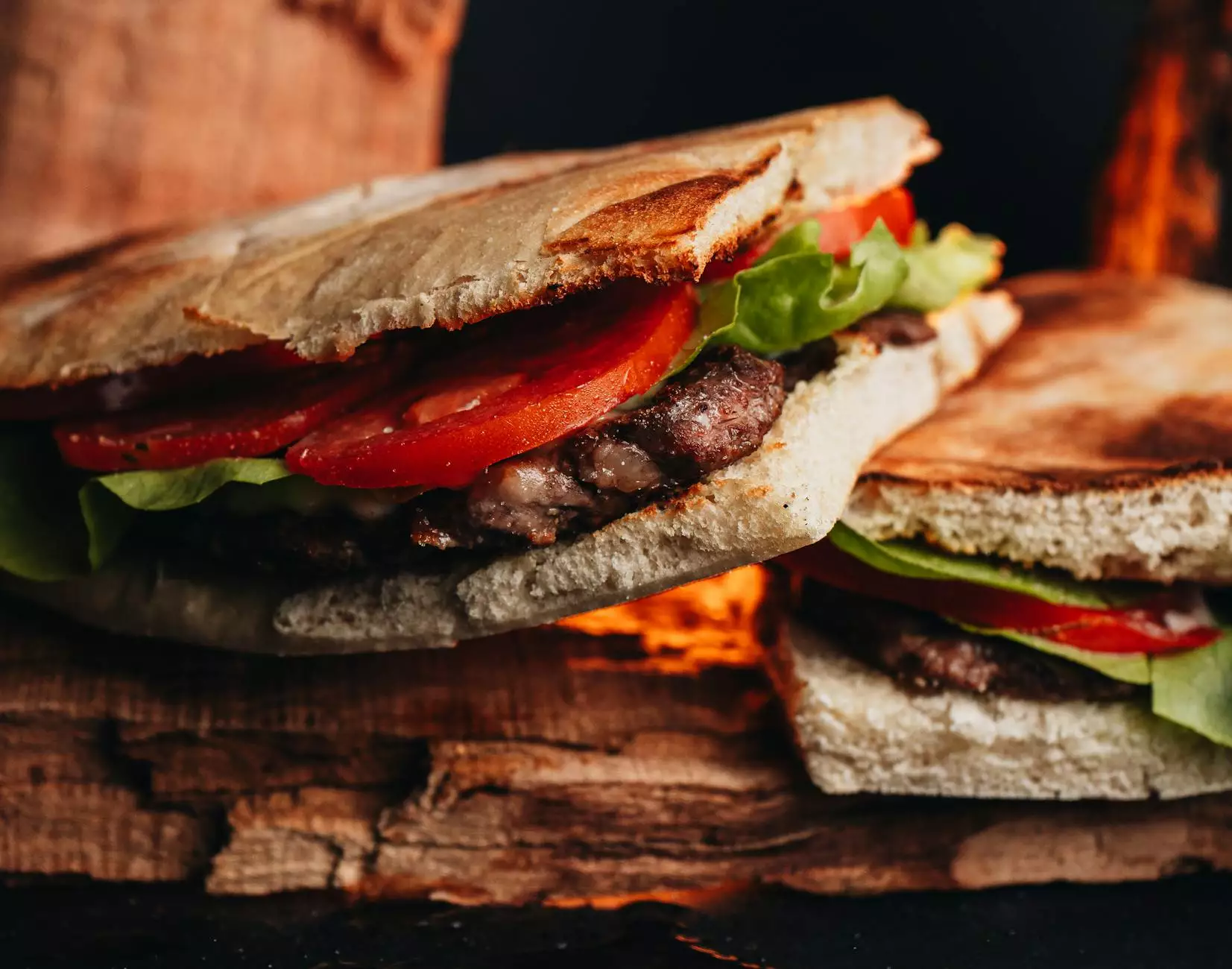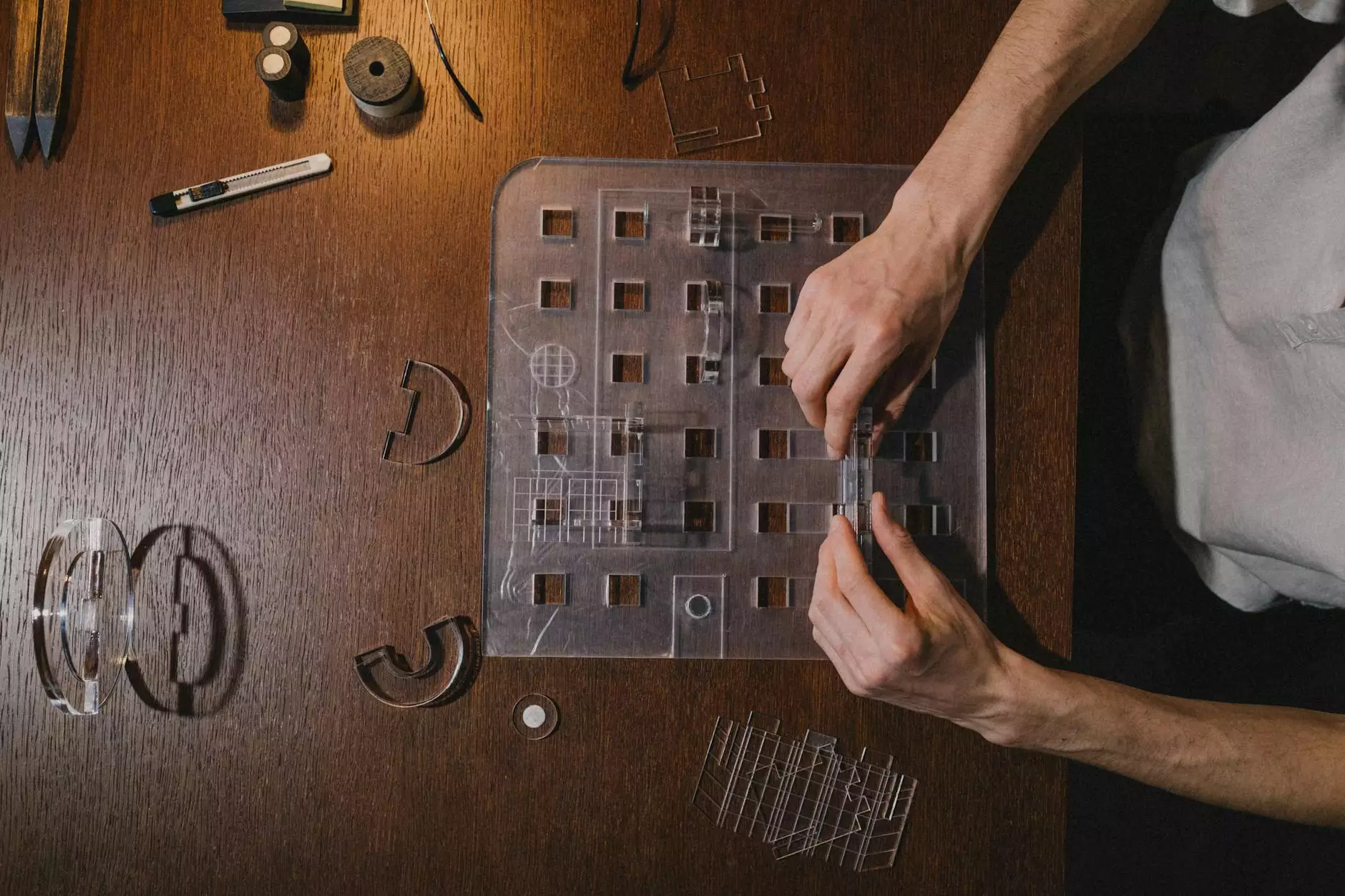Understanding the Various Parts of Beef Meat

The art of selecting and cooking beef relies heavily on understanding the different parts of beef meat. Each cut brings with it unique flavors, textures, and cooking methods. In this in-depth guide, we will explore the various cuts of beef, their characteristics, cooking techniques, and culinary uses to elevate your meals and understand the intricacies of this beloved protein.
What Are the Different Parts of Beef Meat?
The cow is divided into numerous sections, each producing a distinct cut of beef. Understanding these cuts is essential for choosing the right meat for your culinary needs. Here are the primary sections with some of the most popular cuts:
1. Chuck
Located at the front of the cow, the chuck is known for its rich flavor and tenderness. Cuts include:
- Chuck Roast - Ideal for slow cooking and pot roasts.
- Chuck Eye Steak - A flavorful steak that is perfect for grilling.
- Shoulder Steak - Best cooked using methods that break down the connective tissues.
2. Rib
The rib section provides some of the most luxurious cuts, known for their marbling and tenderness. Key cuts include:
- Ribeye Steak - A highly marbled steak that is juicy and flavorful.
- Prime Rib - A classic cut, often served during special occasions.
- Back Ribs - Excellent for barbecuing, providing a rich flavor.
3. Loin
Considered one of the best sections for steak, the loin offers cuts that are tender and easy to grill or pan-sear. Important cuts from the loin include:
- Filet Mignon - Known for its tenderness, often considered the finest steak.
- T-bone Steak - Features both tenderloin and strip steak, perfect for grilling.
- Porterhouse Steak - Similar to the T-bone but larger, great for sharing.
4. Round
The round is the back leg of the cow, and while it is lean, it's typically tougher. However, it can be quite flavorful if cooked properly. Notable cuts include:
- Top Round - Ideal for roast or thinly sliced for sandwiches.
- Bottom Round - Often used for slow cooking or braising.
- Eye Round - A very lean cut perfect for roast beef.
5. Brisket
The brisket comes from the breast section of the cow and is known for its flavor and tenderness when cooked low and slow:
- Whole Brisket - Great for smoking and barbecuing.
- Flat Cut Brisket - Leaner and often more tender, suitable for corned beef.
- Point Cut Brisket - More marbled and flavorful, excellent for BBQ.
6. Flank
Flank comes from the belly area and is known for its robust flavor. It's best cooked quickly and sliced thinly:
- Flank Steak - Perfect for marinating and grilling.
- London Broil - A cooking method rather than a specific cut, typically using flank steak.
Choosing the Right Cut of Beef
When it comes to selecting the right cut, consider the following:
- Cooking Method: Understand how you intend to cook the beef—grilling, slow-cooking, braising, or roasting.
- Flavor Preferences: Different cuts have varying levels of fat and flavor, so choose according to your taste.
- Budget: Higher-end cuts like tenderloin are more expensive than tough cuts like round or chuck.
The Importance of Proper Cooking Techniques
To maximize the flavor and tenderness of beef, it's crucial to employ appropriate cooking techniques depending on the cut. Here are general guidelines for different cooking methods:
Grilling
Ideal for tender cuts like ribeye, porterhouse, and flank. Aim for high heat and cook quickly for a perfect sear. Marination can enhance flavor and tenderness.
Slow Cooking
Best for tougher cuts like chuck or brisket. Cooking low and slow helps to break down collagen, resulting in a melt-in-your-mouth texture.
Braising
A technique that combines cooking methods—starting with browning the meat before cooking it slowly in liquid. This works well for cuts like brisket and chuck.
Roasting
Suits larger cuts such as prime rib or whole brisket. Season generously and cook at a consistent temperature for even results.
Health Benefits of Eating Beef
Beef is not just delicious; it also provides a range of health benefits when consumed in moderation:
- Protein: A rich source of complete protein, essential for muscle growth and repair.
- Vitamins and Minerals: Contains important nutrients such as iron, zinc, and B vitamins.
- Healthy Fats: Grass-fed beef can be a good source of Omega-3 fatty acids and CLA, beneficial for heart health.
Cooking Tips for Different Cuts of Beef
To ensure the best results when preparing beef, consider these cooking tips:
- Let it Rest: Always allow cooked beef to rest before slicing to retain its juices.
- Use Thermometers: To achieve the perfect level of doneness, check internal temperatures with a meat thermometer.
- Slice Against the Grain: This helps to shorten the muscle fibers, making the meat more tender.
Where to Buy Quality Beef
When purchasing beef, seek out reputable sources that offer high-quality meat. Here are some options:
- Local Butchers: Often provide better quality and sourced beef compared to supermarkets.
- Farmers' Markets: A great way to find local, grass-fed options.
- Specialty Grocery Stores: Stores that focus on quality often have a wider selection of cuts and sources.
Conclusion
The world of beef is rich and varied, with each cut offering unique flavors and culinary opportunities. By understanding the different parts of beef meat and selecting the right cuts based on your cooking methods and preferences, you can elevate your dining experience. Whether you are a novice cook or a seasoned chef, this knowledge will empower you to make informed decisions and create delicious meals that showcase the best that beef has to offer. Happy cooking!









